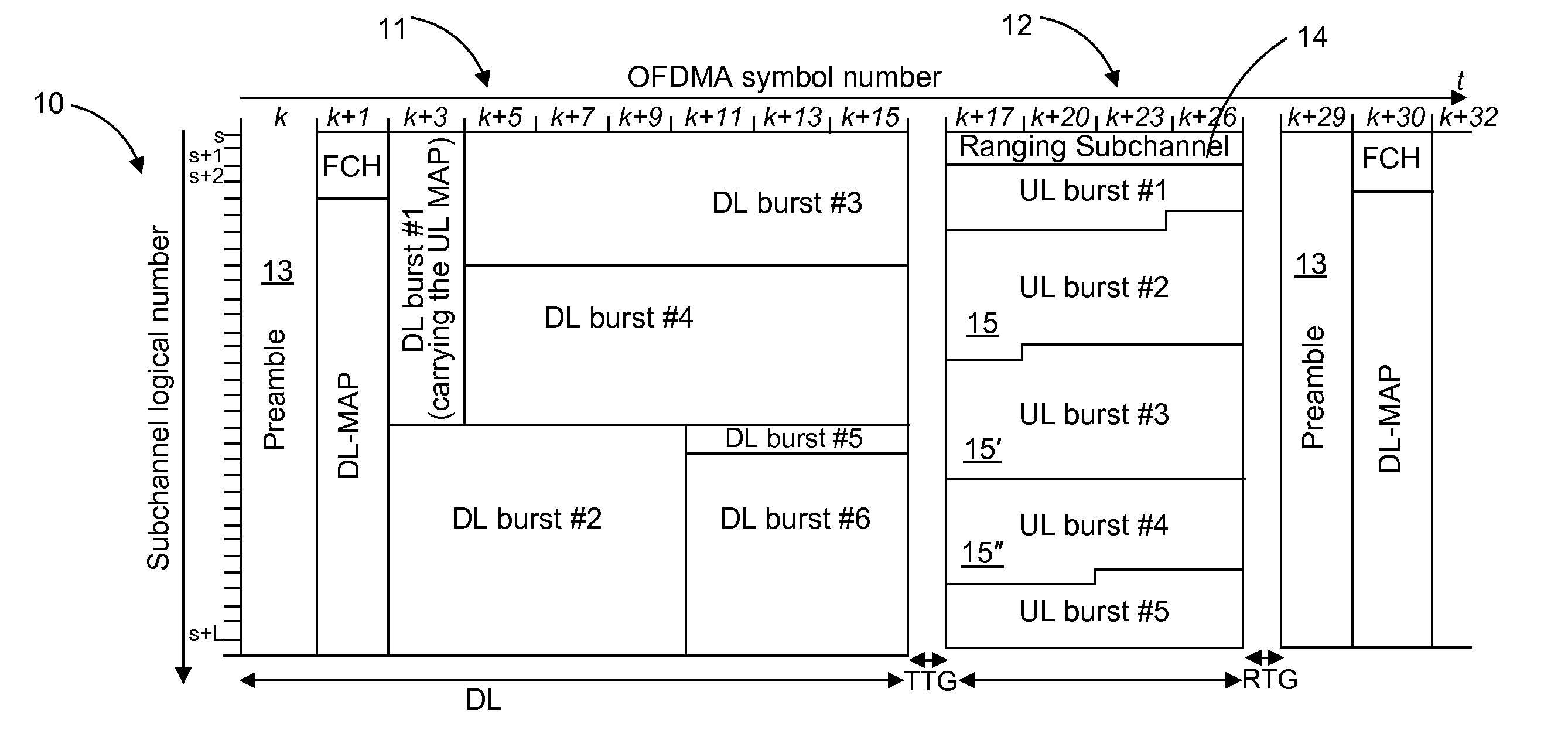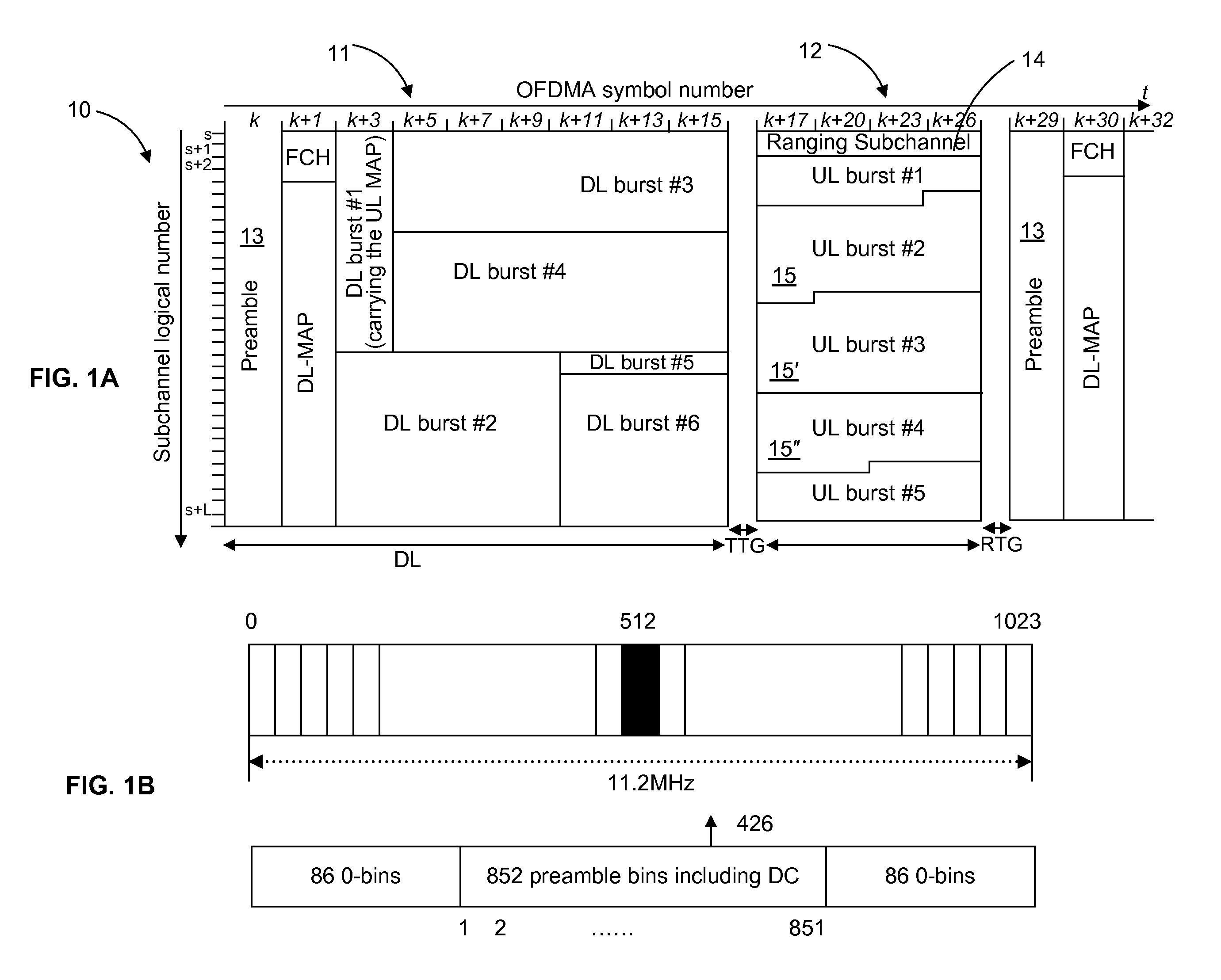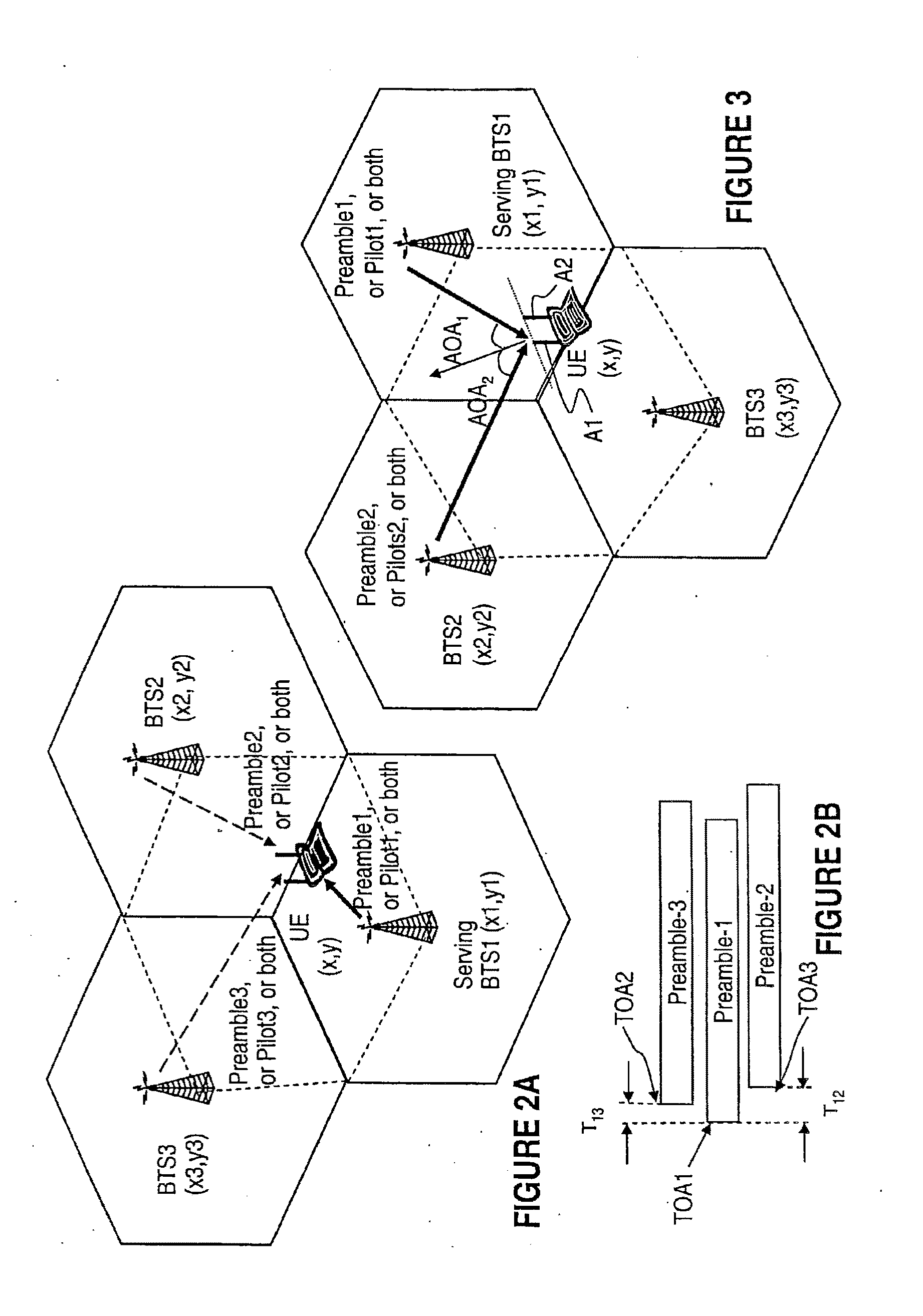Systems and methods for location positioning within radio access systems
a radio access system and location technology, applied in the field of mobile radio access systems, can solve the problems of difficult or impossible to determine in mountainous terrain or in the city around high buildings, difficult or impossible to achieve the effect of low cost, easy positioning, and good complement to or replacemen
- Summary
- Abstract
- Description
- Claims
- Application Information
AI Technical Summary
Benefits of technology
Problems solved by technology
Method used
Image
Examples
Embodiment Construction
In this specification, the terms “mobile caller” or “caller” is used to designate a user who currently accesses the services offered by a wireless network / services provider. The term “user equipment (UE unit)”, “mobile devices (MD)”, or “mobile station (MS)”, is used to designate wireless-enabled devices such as handsets, phones, notebooks, and other wireless equipment used by subscribers to connect to a wireless or wireline network for exchange of digital or analog formatted information.
The term “base station (BS)” or “base transceiver station (BTS)” refers to the equipment in a wireless access network (WAN) which facilitates wireless access of mobile devices to a wireless or / and wireline communication network. The term “access point (AP)” refers to an indoor access point, which enables connection of indoors UE units to a wireless or a wireline network. BTSs and APs operate in a similar way from the point of view of the present invention, so that the term “BTS” also includes “AP”. ...
PUM
 Login to View More
Login to View More Abstract
Description
Claims
Application Information
 Login to View More
Login to View More - R&D
- Intellectual Property
- Life Sciences
- Materials
- Tech Scout
- Unparalleled Data Quality
- Higher Quality Content
- 60% Fewer Hallucinations
Browse by: Latest US Patents, China's latest patents, Technical Efficacy Thesaurus, Application Domain, Technology Topic, Popular Technical Reports.
© 2025 PatSnap. All rights reserved.Legal|Privacy policy|Modern Slavery Act Transparency Statement|Sitemap|About US| Contact US: help@patsnap.com



